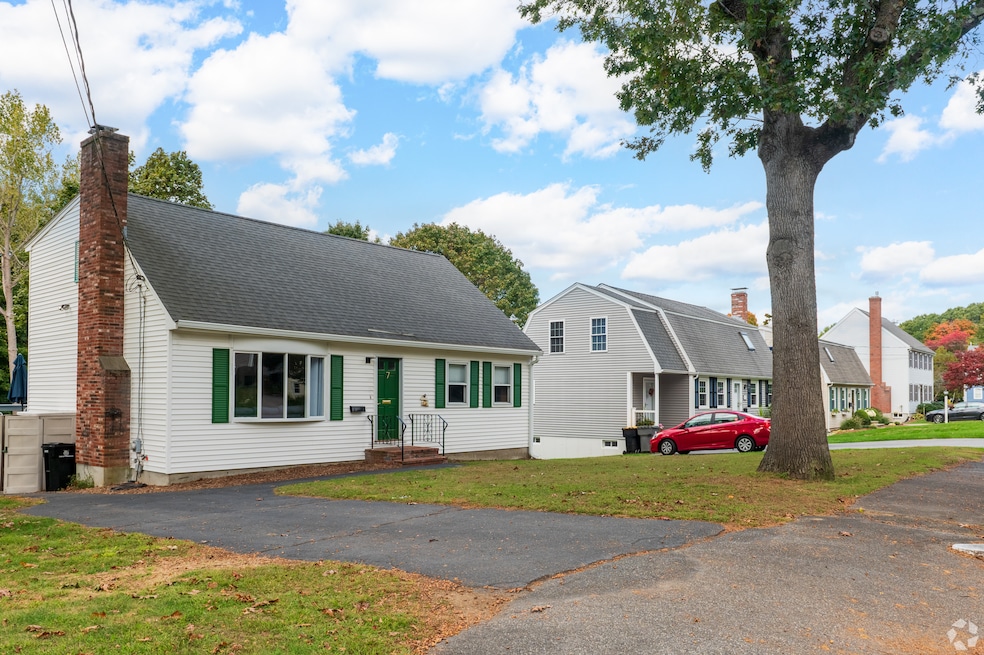A new report says Massachusetts’ state government needs to take significant steps to address a housing shortfall, including requiring cities and towns to allow multiple homes on individual house lots.
The report, prepared by a commission Gov. Maura Healey established a year ago, said towns also need to eliminate minimum parking requirements and lot sizes. These rules tend to make home construction, and prices, higher, the commission said.
The commission’s findings, including more than 50 recommendations, come a few weeks after Healey unveiled a plan to help the state build the 222,000 homes it will need by 2035. Her plan outlined the extent of the need and called for more housing development, but did not propose changing specific regulations.
“I know that some of the recommendations in this report … will spark thoughtful conversations amongst stakeholders and will result in creative solutions to unlocking housing production in our state,” Jesse Kanson-Benanav, executive director of advocacy group Abundant Housing Massachusetts and a commission member, said in a statement.
The proposals to open up neighborhoods where only single-family homes are allowed to other types of housing and to end parking mandates are likely to be met with skepticism by some local governments. The Massachusetts Municipal Association, which represents cities and towns, suggested as much in a statement after the report’s release.
“The MMA would have significant concerns about many of the proposals and looks forward to working with the administration on the issue,” the association said.
Wrestling with spiraling prices
Massachusetts’ median single-family home price was $615,000 in 2024, about an 8% increase from the prior year, according to The Warren Group, a real estate data company based in the state. In the Boston metropolitan area, the median price was $736,000 in the last quarter of 2024, the National Association of Realtors said.
Cambridge, across the Charles River from Boston, already took action on its own to try to bolster its housing stock. The City Council voted in early February to allow residential buildings of up to six stories alongside single-family homes. More than a hundred towns and cities are also opening up new areas within their boundaries for housing to comply with the MBTA Communities Act, which the state approved in 2021. The law obliges local governments to allow more homes near bus and subway lines.
Healey’s administration could make some changes itself in response to the commission’s proposals, such as creating an office to focus on modular housing. But other recommendations, including removing single-family zoning, would need support from the state legislature before they could be implemented.
Healey signed a $5.2 million housing bond bill in 2024 that is expected to provide a massive boost to funding for new home development across the state, but the commission said this money won’t be enough.
“Without significant zoning and regulatory reforms that maximize the impact of available state funding, housing production will remain slow, unpredictable and insufficient to meet resident demand,” according to the report.
The authors noted that the state produced 30,000 homes annually from the 1960s through the 1980s, enough to meet demand. Limits towns impose on housing development through single-family zoning, minimum lot size and parking requirements are major drivers behind the slowdown in production over the past three decades, the commission said.
The report says the state should allow two-family homes on all residential lots and four-family homes on such lots where water and sewer infrastructures already exist. The commission also said minimum lot sizes should apply only in environmentally sensitive areas.
“There is no established health or safety justification for minimum lot sizes,” according to the report.
Towns and cities often require off-street parking, not only for apartment complexes but also in the form of driveways for single-family homes.
The report also proposes to boost the modular home industry, promote construction careers and give developers financial help to install water and wastewater systems outside urban areas.
The state should offer low-interest loans or grants to encourage modular home manufacturers to open factories, the commission said, in part because this type of housing is less expensive to build and can be assembled up to twice as quickly as site-built homes.

